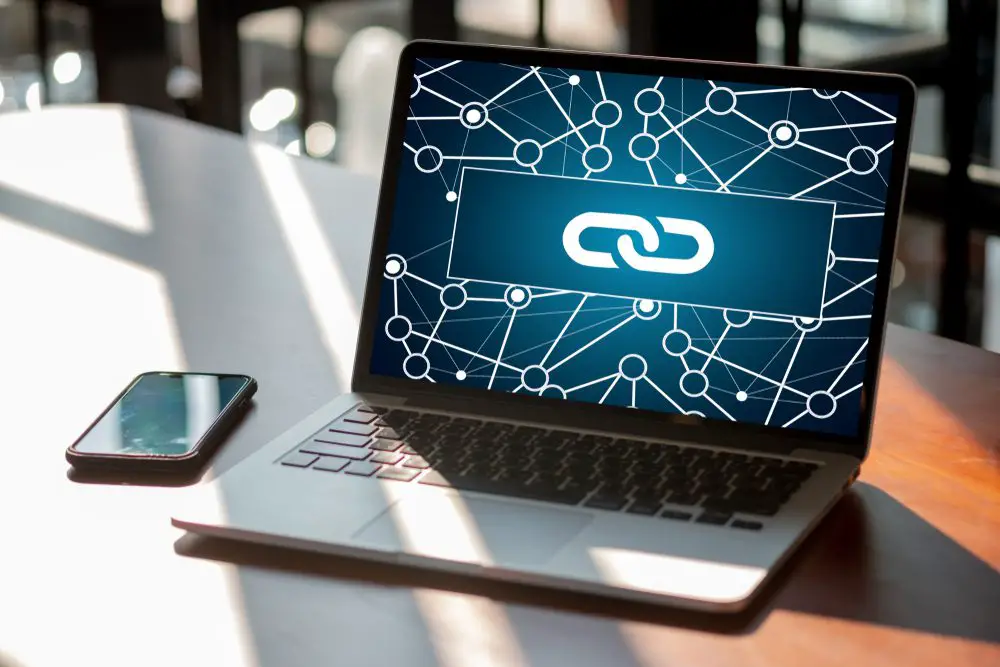

Addressing the Effects of Toxic Backlinks on Search Engine Optimization
Search engines, particularly Google, prioritize websites with high-quality backlinks. However, not all backlinks are beneficial. Some may come from spammy, low-authority, or irrelevant sites, leading to penalties and ranking drops. Toxic backlinks can originate from link farms, automated link-building tools, or unrelated domains. Identifying and removing these harmful links is crucial to maintaining your website’s credibility and search engine ranking.
Partnering with a reputable guest posting service provider like https://www.qualityguestpost.com can help build a strong, penalty-free backlink profile.
Identifying Bad Backlinks: Signs to Look For
Not all backlinks contribute positively to SEO. To determine if your website has harmful backlinks, consider the following indicators:
How to Find Toxic Backlinks
Several tools can help identify harmful backlinks effectively:
1. Google Search Console
Google’s Search Console allows you to view a list of backlinks pointing to your website. Reviewing this list can help pinpoint suspicious links.
2. SEO Analysis Tools
Using tools like Ahrefs, SEMrush, or Moz can provide a comprehensive backlink audit, identifying spammy links and their potential risk levels.
3. Manual Review
Even with automated tools, manually reviewing the domains linking to your site ensures you don’t overlook any harmful sources.
The Process of Removing Toxic Backlinks
Once you identify toxic backlinks, the next step is removing them. Here’s how you can do it effectively:
1. Request a Link Removal
Request that the website owner take down the bad backlink. You can usually find their contact information through WHOIS lookup or their website’s contact page.
2. Disavow Links via Google
If contacting the site owner doesn’t work, Google’s Disavow Tool can help. This tool informs Google to ignore specific backlinks when assessing your website’s ranking. However, use it cautiously, as improper usage may harm your rankings.
Preventing Toxic Backlinks in the Future
To safeguard your website from acquiring harmful backlinks in the future, consider these best practices:
1. Choose a Reputable Guest Posting Service Provider
Collaborating with a guest post agency that follows ethical link-building strategies ensures high-quality backlinks. Utilizing guest posting services from a reliable source like https://www.qualityguestpost.com guarantees that your backlinks originate from authoritative sites.
2. Monitor Your Backlinks Regularly
SEO is an ongoing process, and monitoring your backlink profile is essential. Set up alerts in Google Search Console or SEO tools to track new links.
3. Focus on High-Quality Content
Publishing valuable, well-researched content attracts natural backlinks from reputable sources, reducing dependency on low-quality link-building techniques.
4. Avoid Link Schemes and Low-Quality Directories
Steer clear of purchasing links or engaging in link exchange schemes, as these often result in toxic backlinks. Always verify guest posting prices and ensure you are getting links from credible platforms rather than spammy networks.
The Role of Guest Posting in Building a Strong Backlink Profile
A strategic guest posting approach is one of the best ways to earn authoritative backlinks while avoiding harmful ones. Investing in the best guest posting service ensures your website receives links from trustworthy and high-authority domains.
Additionally, choosing the right guest posting packages ensures you receive backlinks from niche-relevant, high-quality websites rather than spammy sources.
Final Thoughts
Toxic backlinks can severely impact your SEO performance, leading to ranking drops and even penalties. Regularly auditing your backlink profile, removing harmful links, and investing in high-quality guest posting services can safeguard your website’s reputation. Using trusted platforms like https://www.qualityguestpost.com ensures you receive powerful, relevant backlinks that contribute positively to your search engine rankings.
Moving to a new house or business may be an interesting but taxing event. Whether…
Looking to buy a piano? Understand key factors like budget, piano type, sound quality, and…
1. Introduction: The Double Edge of Data Big-data — The modern technology fuel It powers customized recommendations,…
Optimize fleet operations with cost-saving strategies, smarter technologies, and actionable plans to enhance efficiency and…
Desk grommets support hybrid office setups by keeping cables organized and maximizing desk space. Improve…
Every business has its own story. Sharing this unique story with your customers may be…